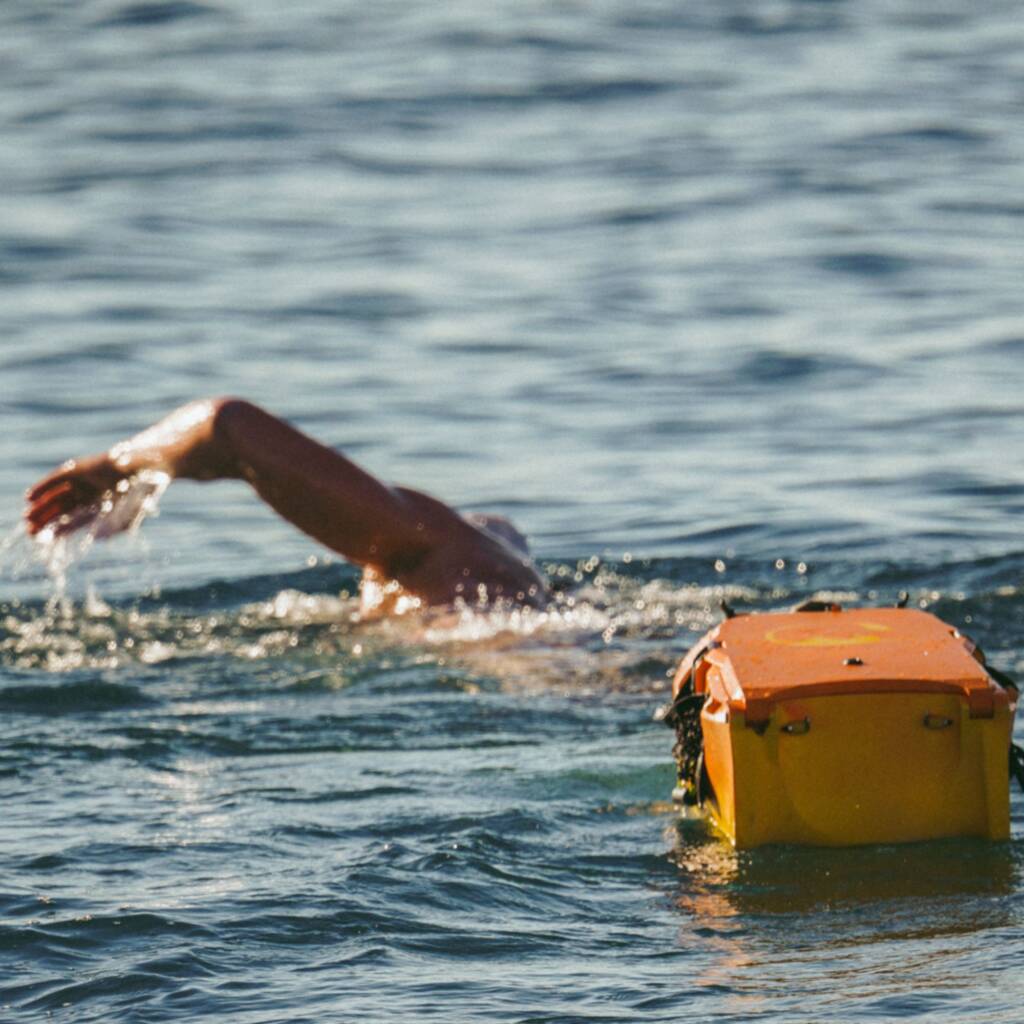Description
Target Audience: Aimed at all those who, whether or not initiated in open waters, feel attracted to them and would like to enjoy them anywhere and at any time of the year.
Description: A group outing to the beach and sea to learn and practice the necessary steps for the body to adapt to cold waters and enjoy them. We will learn the NACRAS method and the reactions of the body and mind to cold water, its surprising ability to adapt, and how to develop it. To focus on the activity, it is recommended that the waters be calm, so sheltered beaches or coves with easy access will be chosen.
Schedule: October to April (in October the water is quite warm, but it is a key moment to make a continuity adaptation that can help many people undergo the process without much “suffering”).
Duration: 4 hours
Capacity: 8
Price: 50 €
Location: Beach or cove with easy access to the water and preferably near parking or shelter.
Materials: Swimsuit, swimming or diving goggles, cap, warm clothing or bathrobe. Optional thermos with hot drink.
Structure:
- Welcome
- What will we do? (Duration, parts, concept, risks, method, activities)
- Introductions (participants and James. Keep it brief)
- Concept:
- What is Integral Rewilding? (brief)
- What is the role of swimming in cold water within Integral Rewilding?
- Precedents, variants (crossings, cold, neoprene…)
- Why swim in cold water? (advantages)
- Safety
- Knowledge of the environment
- Self-awareness
- Materials
- Explanation of materials and their use.
Method NACRAS (explanation of each step and exercise):
- Don’t think (What does “don’t think” mean? Exercises)
- Slowly but steadily (Exercises)
- Calm your breathing (Exercises)
- Resist/time pyramid (Origin, Exercises)
- Ensure: close to shore, don’t overdo it
- Six minutes, Cinderella
Conclusions: (Sensations, what happened physiologically: vasoconstriction, afterdrop)
And now what?
- Continuity of cold water immersion
- Accompanied outings (how to find companions?)
- Other Integral Rewilding workshops
Final fellowship breakfast at a nearby collaborating beach bar



